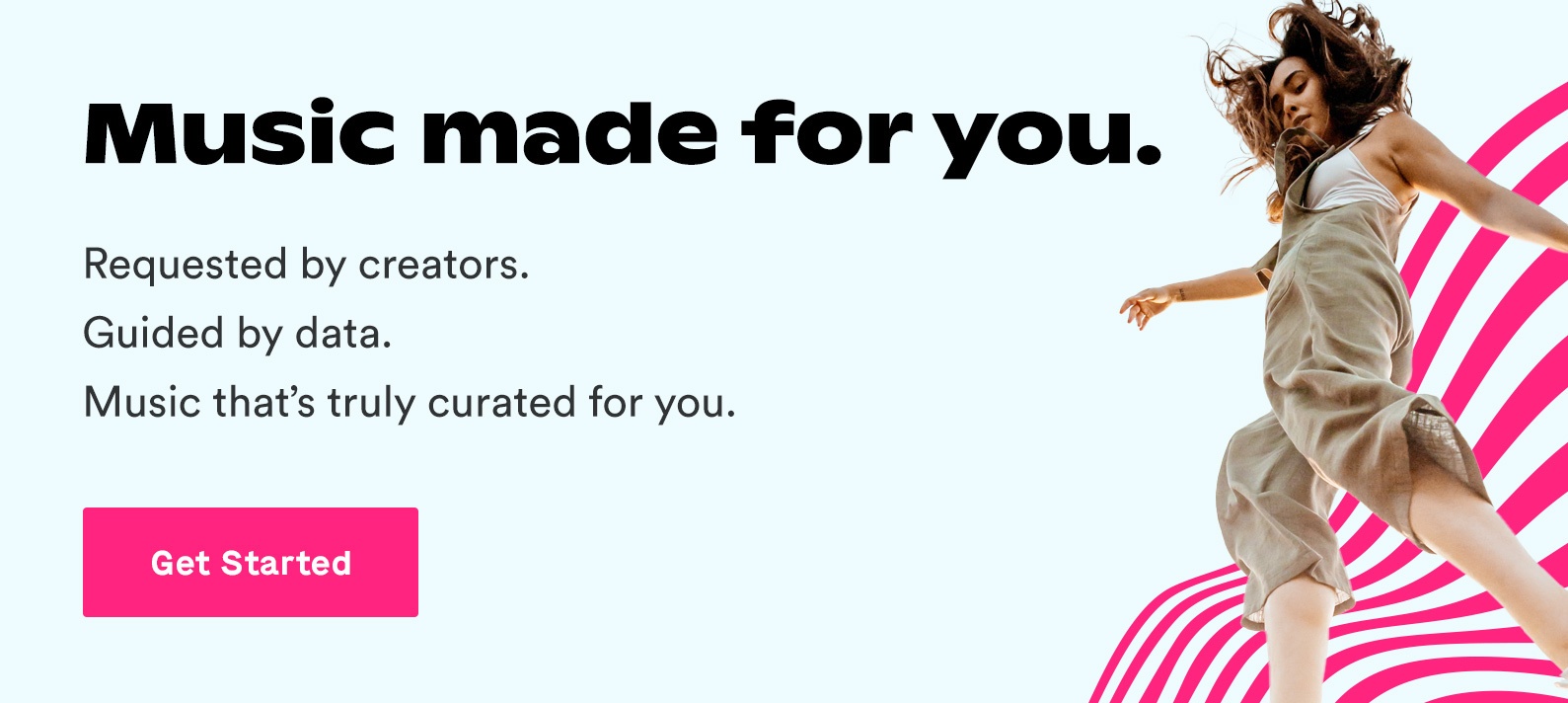download videos for sound design
Back to All Articles
How To Use Sound Design to Add Depth to Your Film
Sound. The final frontier… Okay, maybe not really. But it's true that sound is an incredibly powerful component that has become underappreciated as we move into a visual media era. It's not a stretch to say that sound can make or break your project. And that doesn't just mean powerful film scores with big orchestras, or the legendary Hans Zimmer "booj" sound from Inception. Every element of a video's sound design has an impact. On one end of the spectrum, it could be really spotty and distracting; on the other, it's so well executed that it elicits the perfect emotion out of every person who watches the video. Our point is that sound is always critical to your viewers — even if you're not producing blockbuster movies backed by million-dollar budgets. Here are three pieces you should incorporate into your video's sound design to make sure your film truly moves your audience. Before we get into the process of filmmaking with sound design in mind, let's take a step back and look at what exactly counts as "sound design." Sound design is the art of creating sound tracks (or "audio channels" in the language of video editing software) for projects like videos, films, podcasts, and anything else with an audio element. But it's more than just composing, orchestrating, and then conducting a score, although music certainly counts as part of that. The growing popularity (and complexity) of video games has helped create a new wave of sound engineers. These days, sound design programs are a centralized hub that can control, edit, and experiment with every piece of audio in an entire project — and even set triggers for when the sound effect/music clip/voiceover will play. Sound design is now part of planning for how the audience will experience and enjoy a piece of entertainment, and that means it's a useful card to keep up your sleeves when storyboarding and editing your video projects. Now, onto the three major pieces of sound design. Sound effects can be used to elicit an emotional response from your audience. The horror genre uses SFX for this purpose exceptionally well by adding tension to scenes and causing the audience to experience heightened moments of dread. It's another, subtler layer of storytelling. In this particular scene from The Conjuring 2 (2016), sounds that are usually quiet "background" elements become loud and prominent. The rhythmic clinking of tools pushes the audiences' pulse. Sloshing water is amplified, making the audience even more aware of the verbal silence. It's the quiet before the storm. We know something is coming, the inevitable "jump scare" that we love to hate. (Or is it "hate to love"?) Good dialogue is worth more than ever before. While the rule of thumb used to be editing the audio track around the recorded dialogue, theater equipment and editing software have improved so much that voice work is just one part of a video's sound design. Of course, not every video uses voiceover work. But there are some cases (even in film production) when you'll need to plan for dubbing, especially to adjust for less-than-ideal audio from the on-set shooting. The process of mixing dialogue becomes part of your video project's sound design. You'll need to make room for other pieces, and also to make sure that it doesn't dominate the experience. After all, you didn't do all that work just to let the script run the show, did you? Sound design is the art of tying those two sensory pieces together. The sounds and visuals of your video should complement each other to help you make the most of both. And planning how to use the voiceover or offscreen speaking roles means that even the smallest audio file can have a valuable impact on your profile. While this might be the example you expect, it's also the element that most viewers will hold onto after the movie. Publishers sell film scores for a reason, and it's because we, as humans, associate strong emotions with music. Many people have specific songs that remind them of a place, or a loved one, or a moment in time. And the same is true for film scores. Any time you can create a powerful moment, you're helping viewers establish a connection with that scene. Unfortunately for many filmmakers, a good song choice will often carry more impact than that clever camera angle or that perfectly lit scene. Your hard work behind the camera or in the editing room still matters and drives the storytelling, but it's important to understand the value of how music affects our brains. You read that right! Sound is often a character, which is why you should take your sound design seriously. We're all about high-quality sound here (It's kind of our thing, after all.) and one of our favorite examples of brilliant sound design is the Netflix movie Bird Box (2018). Throughout the film, the audience never actually sees the creature that's wreaking havoc on the world. Instead, we hear it. Since we have no visual reference for the monster, the antagonist is defined with our ears, making the SFX embody the monster and — in effect — become the character. So here's the important takeaway. Whether you are making the next summer blockbuster or the next viral YouTube video, there are always ways to take advantage of sound design. It will help give you even more insight into (and control over) the audience experience. Always think a little outside the box. Part of growing in your craft is being willing to push yourself, challenge yourself, and never settle. And most importantly, it keeps you creating things you love. 
What Counts As "Sound Design"?
Sound Effects
Voiceover
Music
Treat Sound Like A Character

download videos for sound design
Source: https://www.soundstripe.com/blogs/how-to-use-sound-design-to-add-depth-to-your-film
Posted by: biscoecloons1986.blogspot.com

0 Response to "download videos for sound design"
Post a Comment